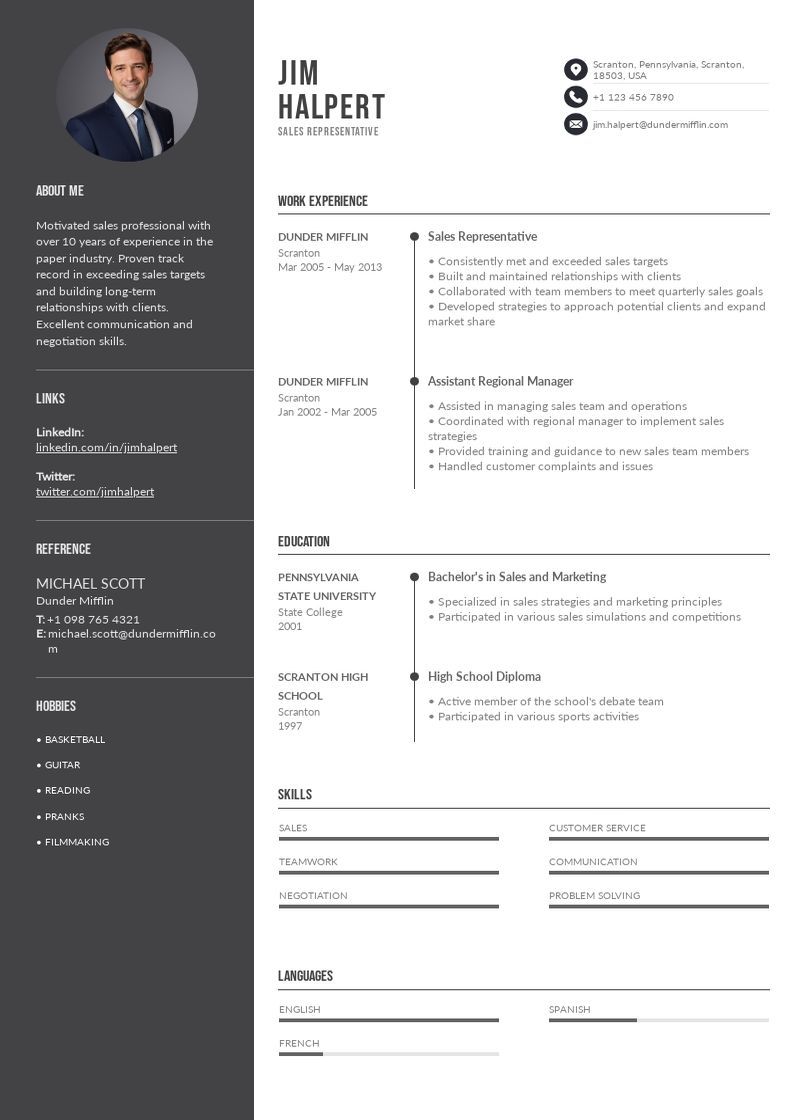Aktivní vzorky soutěže
Competitions have always been a popular form of engagement, whether in marketing, education, or various forms of media. They attract attention, stimulate participation, and can yield valuable insights into audience preferences. In this article, we will explore the active samples of competition, providing essential tips, strategies, and examples to help you design engaging competitions that resonate with your audience.
In a world full of distractions, creating a compelling competition can be a challenge. Understanding your audience’s needs, interests, and motivations is crucial. You will learn how to craft competitions that not only capture attention but also encourage active participation. Furthermore, we will delve into practical examples, offering inspiration drawn from successful campaigns.
This article is structured as follows:
- Understanding the Importance of Competition
- Types of Competitions
- Designing Engaging Competitions
- Effective Promotion Strategies
- Measuring Success
- Case Studies of Successful Competitions
- Conclusion
Understanding the Importance of Competition
Competitions can significantly enhance brand visibility, foster community engagement, and gather consumer feedback. When executed properly, they can create lasting impressions and encourage loyalty.
The Psychological Factor
One of the primary reasons people participate in competitions is the psychological trigger of winning. The desire to gain recognition or rewards heightens interest and encourages participation. According to a study by the Journal of Marketing Research, competitions tapping into this psychological aspect often yield higher engagement rates.
Building Community
Competitions can foster a sense of community. They allow participants to connect over shared interests and goals. This communal aspect will not only encourage participation but also amplify word-of-mouth marketing.
Brand Awareness
Competitions also serve as an excellent tool for brand awareness. As participants share their experiences and encourage others to join, brand visibility increases significantly. An effective campaign can lead to organic reach and a growth in potential customer acquisition.
Types of Competitions
There are numerous types of competitions that brands can leverage. Understanding these can help you select the right approach for your specific objectives.
Contests
Contests often require users to submit entries based on a specific theme or challenge. This could range from a photo competition to a creative writing contest. The entries are usually evaluated based on creativity, originality, or audience voting.
Giveaways
Giveaways are simpler in structure—participants enter a random draw to win prizes. This approach minimizes the barrier to entry and can lead to high participation levels. However, the engagement level is usually lower since participants may not have to invest time or effort.
Challenges
Challenges often focus on personal achievement, invoking a sense of competition among participants. Fitness challenges or skill-based contests (like coding challenges) encourage participants to showcase their abilities.
Designing Engaging Competitions
Now that we understand the different types of competitions, it’s essential to implement elements that enhance engagement.
Clear Objectives
Define what you aim to achieve with your competition. Is it brand awareness, community engagement, or feedback collection? Having clear goals will guide your design and promotional efforts.
Attractive Prizes
One of the main drivers of participation is the allure of the prize. Ensure that the rewards resonate with your target audience. Offering something valuable, like exclusive experiences or products, can entice more participants.
Simplicity
The entry process should be simple and straightforward. Avoid overly complicated rules that could deter potential participants. A clear description of the entry process can increase participation rates.
Effective Promotion Strategies
Once your competition is designed, it is crucial to implement effective promotional strategies to maximize reach.
Social Media Marketing
Utilizing social media platforms is one of the most effective ways to promote competitions. Create buzz around your event by posting eye-catching graphics, such as  and engaging copy. Additionally, encourage sharing among participants to broaden your reach.
and engaging copy. Additionally, encourage sharing among participants to broaden your reach.
Email Campaigns
Use your email list to inform subscribers about upcoming competitions. A well-crafted email can create anticipation and encourage immediate participation. Consider offering exclusive entry perks for your email subscribers to further incentivize them.
Collaborations
Partnering with influencers or other brands can expand your reach exponentially. Collaborations can introduce your competition to entirely new audiences, thereby increasing participation.
Measuring Success
Once your competition has concluded, it’s vital to assess its effectiveness. Key metrics to consider include:
Participation Rate
Analyzing how many people entered your competition compared to how many encountered your promotional material is essential. This will help you understand the effectiveness of your marketing strategies.
Engagement Metrics
Track social media engagement, shares, and comments relating to your competition. High engagement levels often correlate with a successful campaign.
Feedback Collection
Use surveys to gather feedback from participants. Understanding their experiences can direct you in future campaign strategies and improvements.
Case Studies of Successful Competitions
Real-life examples can provide valuable insights into how to execute successful competitions.
Case Study: Coca-Cola’s Share a Coke Campaign
Coca-Cola’s Share a Coke campaign invited consumers to find bottles with their names on them. This simple concept led to widespread engagement, social media sharing, and a significant sales boost. The campaign successfully tapped into the personal connection people have with their names.
Case Study: Lay’s Do Us a Flavor Competition
Lay’s potato chips launched a flavor competition inviting consumers to create new chip flavor ideas. The winning flavors were introduced as limited editions. This competition not only generated new product ideas but also created a strong community connection among fans.
Conclusion
Crafting an engaging competition is both an art and a strategy. By understanding your audience’s needs, designing compelling challenges, and effectively promoting your initiative, you can create memorable experiences that resonate with participants. Remember to measure the results to ensure continuous improvement in your future competitions.
For further examples and inspiration, check out related articles on creating engaging competitions and successful marketing strategies. Happy competing!
